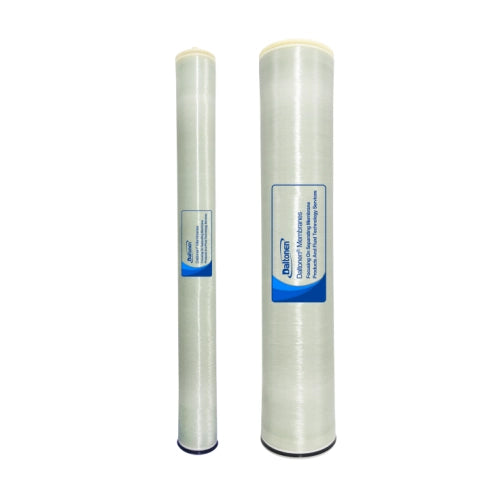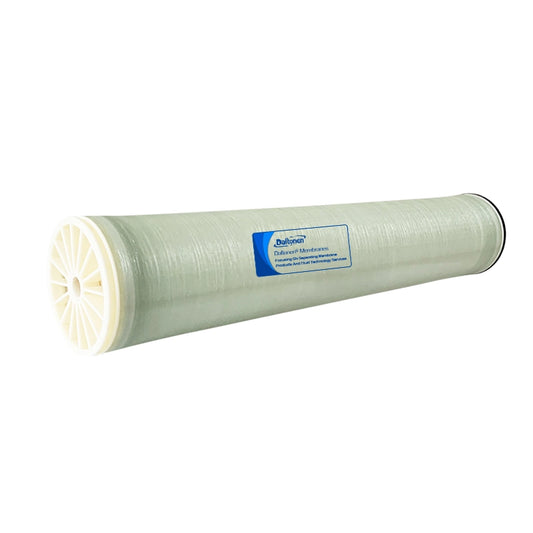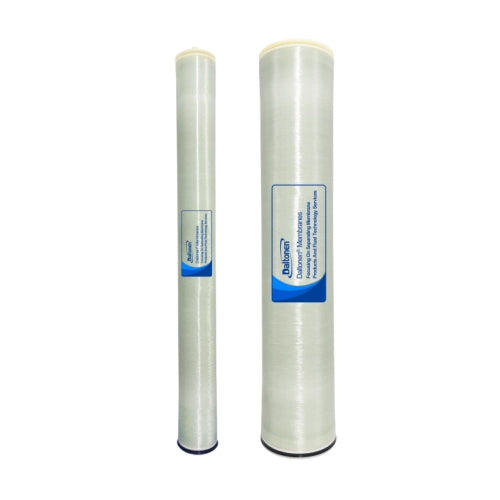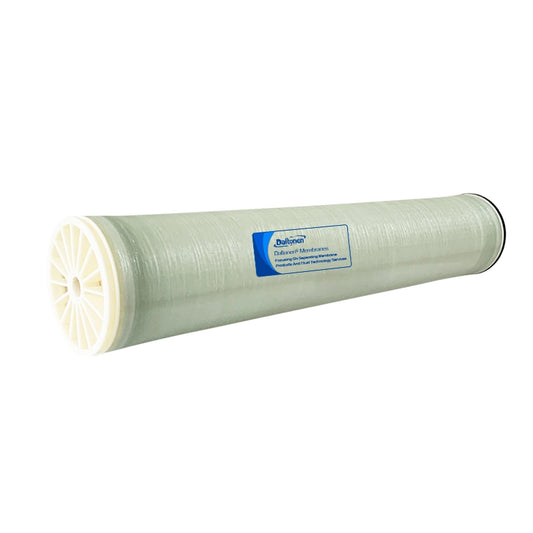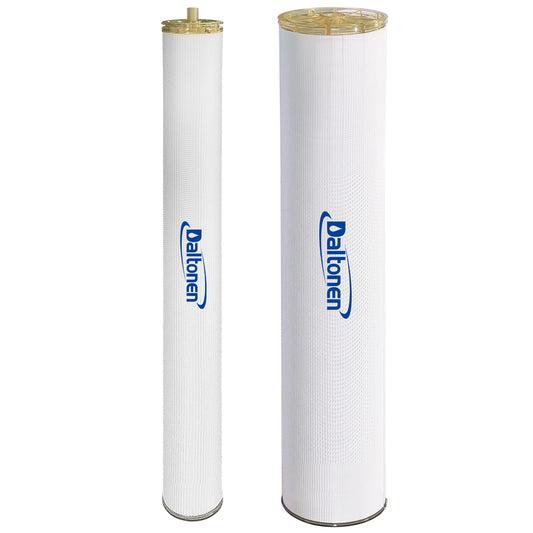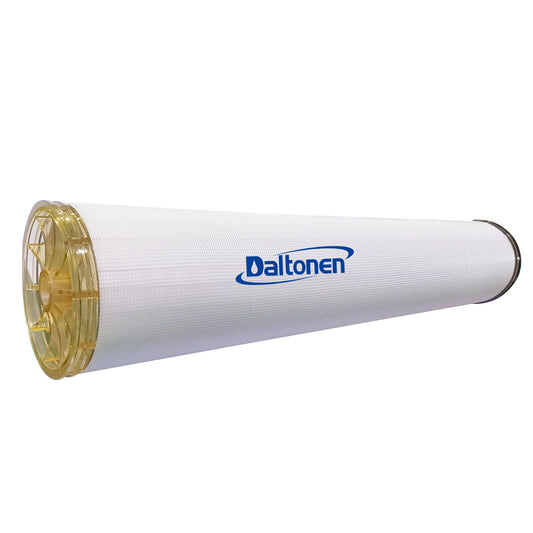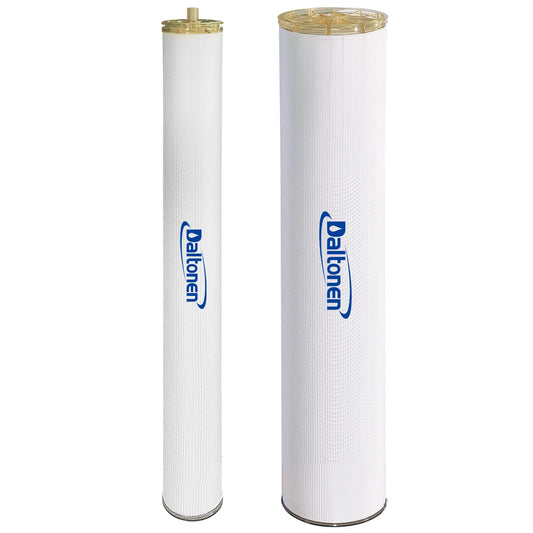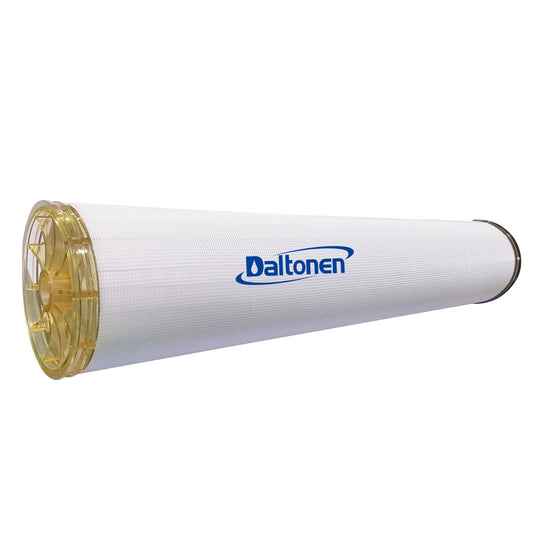Membrane Selection Recommendations for Municipal Water Purification
27 Apr 2025
In municipal water purification, selecting the appropriate membrane technology requires a comprehensive consideration of factors such as the quality of the water source, treatment objectives, and cost-effectiveness. Below are the characteristics and recommended scenarios for several common membrane technologies:
1. Microfiltration Membrane (MF)
Features:
-
Pore Size Range: 0.1 to 10 micrometers.
-
Effectiveness: It can effectively remove suspended solids, bacteria, and larger microorganisms from water.
-
Operation: It operates at low pressure, resulting in lower energy consumption.
-
Cost and Maintenance: It is relatively inexpensive and easy to maintain.
Suitable Scenarios:
-
It is appropriate for situations where the water source is of relatively good quality and the main objective is to remove suspended particles and large particulate impurities.
-
It can be used as a pretreatment process to protect subsequent ultrafiltration or reverse osmosis membranes.

2. Ultrafiltration Membrane (UF)
Features:
-
Pore Size Range: 0.01 to 0.1 micrometers.
-
Effectiveness: It can effectively remove suspended particles, bacteria, viruses, and large molecular organic compounds.
-
Water Quality: It provides stable effluent quality with low turbidity.
-
Operation: It operates at moderate pressure, resulting in lower energy consumption.
Suitable Scenarios:
-
It is suitable for municipal water treatment, especially when the water source is moderately polluted and there is a need to remove suspended particles, bacteria, and viruses.
-
It can be used to produce high-quality drinking water that meets national drinking water standards.
-
It can also serve as a pretreatment process for reverse osmosis membranes to extend their service life.
3. Nanofiltration Membrane (NF)
Features:
-
Pore Size Range: Approximately 1 nanometer.
-
Effectiveness: It can effectively remove large molecular organic compounds, some inorganic salts, and precursors of disinfection by-products.
-
Water Quality: It significantly enhances the chemical safety of water quality.
-
Operation: It operates at higher pressure, resulting in relatively higher energy consumption.
Suitable Scenarios:
-
It is suitable for situations where high chemical safety of water quality is required, such as removing organic pollutants and partial hardness from water.
-
It can be used to treat slightly polluted water sources to further improve the quality of drinking water.
4. Reverse Osmosis Membrane (RO)
Features:
-
Pore Size: Extremely small, around 0.1 nanometer.
-
Effectiveness: It can effectively remove dissolved solids, bacteria, viruses, heavy metal ions, and virtually all impurities.
-
Water Quality: It provides extremely high-quality effluent, close to pure water.
-
Operation: It operates at high pressure, resulting in higher energy consumption and cost.
Suitable Scenarios:
-
It is suitable for situations where extremely high water quality is required, such as seawater desalination, brackish water treatment, and high-purity water production.
-
In municipal water treatment, it is mainly used for special water treatment needs, such as producing ultrapure water or treating severely polluted water sources.
Recommendations
-
General Municipal Water Treatment: Ultrafiltration membranes (UF) are highly recommended. UF membranes excel in removing suspended particles, bacteria, and viruses, providing stable effluent quality with relatively low energy consumption and cost. For example, the Gaobeidian Reclaimed Water Plant in Beijing uses UF membrane technology to achieve reclaimed water standards, with some indicators meeting Class IV surface water standards.
-
Pretreatment Process: If the water source is of good quality but requires further removal of suspended particles and large particulate impurities, microfiltration membranes (MF) can be chosen as a pretreatment process to protect subsequent UF or RO membranes.
-
Special Needs: For higher requirements on the chemical safety of water quality, nanofiltration membranes (NF) can be considered; for special needs such as seawater desalination or high-purity water production, reverse osmosis membranes (RO) are the preferred choice.

High-Quality Membrane Products on the Market
Ultrafiltration Membranes:
-
Lisheng Ultrafiltration Membrane: Known for its high flux, low energy consumption, and strong resistance to fouling, it is widely used in municipal water treatment.
-
GE ZeeWeed Ultrafiltration Membrane: It offers stable performance and excellent effluent quality, suitable for large-scale municipal water plants.
Nanofiltration Membranes:
-
Dow Nanofiltration Membrane: It performs well in removing organic compounds and some inorganic salts, suitable for water softening and organic removal.
Reverse Osmosis Membranes:
-
Dow Reverse Osmosis Membrane: It offers superior performance, suitable for seawater desalination and high-purity water production.
-
Dow Reverse Osmosis Membrane: It features high desalination rates and good durability.
Selecting the appropriate membrane technology requires a comprehensive consideration of the water source quality, treatment objectives, and cost-effectiveness. Ultrafiltration membranes are the first choice for municipal water treatment, microfiltration membranes can serve as pretreatment processes, while nanofiltration and reverse osmosis membranes are suitable for special needs.
Tags:
